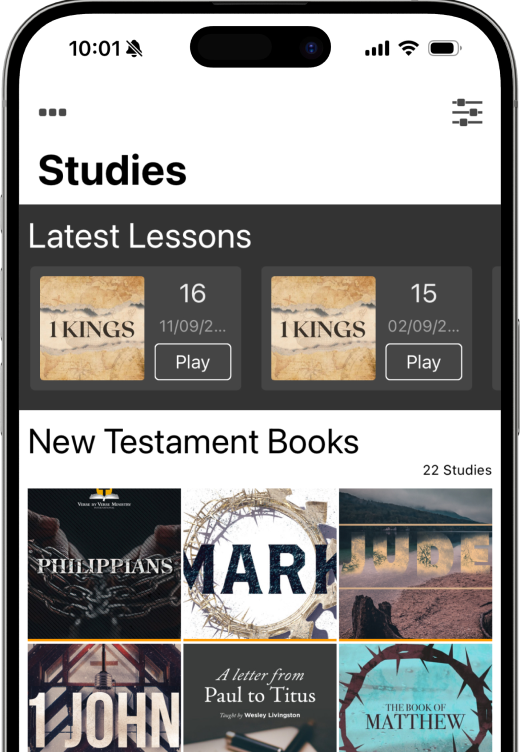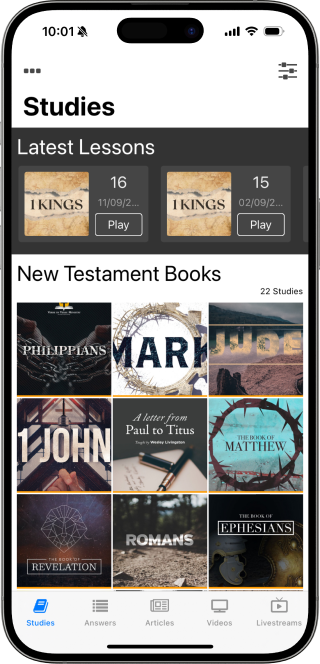Having followed your studies on Genesis, Exodus and Ruth, I found that Pastor Stephen Armstrong uses the concept of "type" a lot: Ruth is a type of Gentile church, Boaz is a type of Christ, Naomi is a type of Israel etc...However Dr John MacArthur seems to take a more conservative approach, believing the only true types are those stated in the New Testament. What is the right hermeneutic approach to take?
Properly identifying and interpreting types in Old Testament scripture is a matter of some debate, as your research uncovered. Simply put, there is no one, universally-accepted hermeneutic when it comes to types.
Some teachers like John MacArthur takes a very conservative approach, believing that only those types specifically identified in New Testament teaching are legitimate. Certainly, this is a “safe” approach to interpreting types, and no one could be faulted for this view.
On the other hand, many Bible teachers including Pastor Armstrong believe that the Old Testament contains many types beyond those specifically named in the New Testament. A few types were referenced by New Testament authors, while many others were simply left to speak for themselves. Pastor Armstrong believes that limiting our recognition of types to only those mentioned in the New Testament is unnecessarily narrow (as MacArthur himself seems to acknowledge).
Furthermore, it requires a blind eye to overlook the many types of Christ and His plan of redemption throughout the Old Testament. From the story of Joseph in Egypt to the design of the tabernacle to the characters and circumstances of the book of Ruth, types are plainly visible in almost every book of scripture. In most cases even skeptics like MacArthur will still acknowledge the connections to Christ in these stories, but they stop short of classifying them as types. Pastor Armstrong views such distinction as semantic rather than hermeneutic.
Therefore, if a teacher chooses to depart from the conservative approach (like Pastor Armstrong frequently does), how do we know when and how to identify a type in the Old Testament? In short, we must let the text prove itself in that regard. A true Old Testament type will fit and agree with scripture’s teaching in all its details, such that the picture is clearly in focus and not “forced” or imagined. Obviously, there is a possibility for error, as in any interpretation of scripture, but careful scholarship guards against the worst errors.
Scripture quotations taken from the (NASB®) New American Standard Bible®, Copyright © 1995, 2020 by The Lockman Foundation. Used by permission. All rights reserved. www.lockman.org




